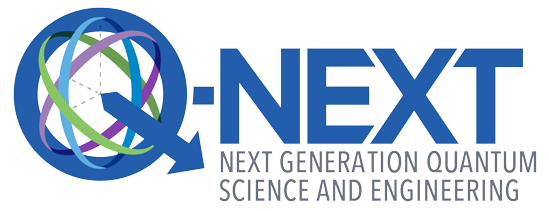quantum materials
-
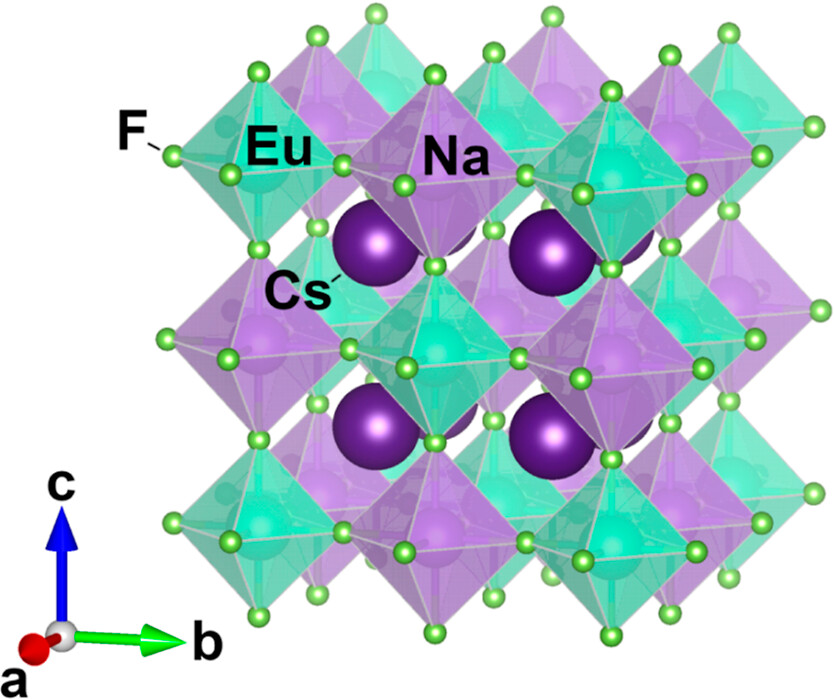
Design rules and synthesis of quantum memory candidates
From the University of Illinois Urbana-Champaign: Researchers use density functional theory calculations to identify possible europium compounds to serve as a new quantum memory platform. They also synthesize one of the predicted compounds, a brand new, air-stable material that is a strong candidate for use in quantum memory Read More
-
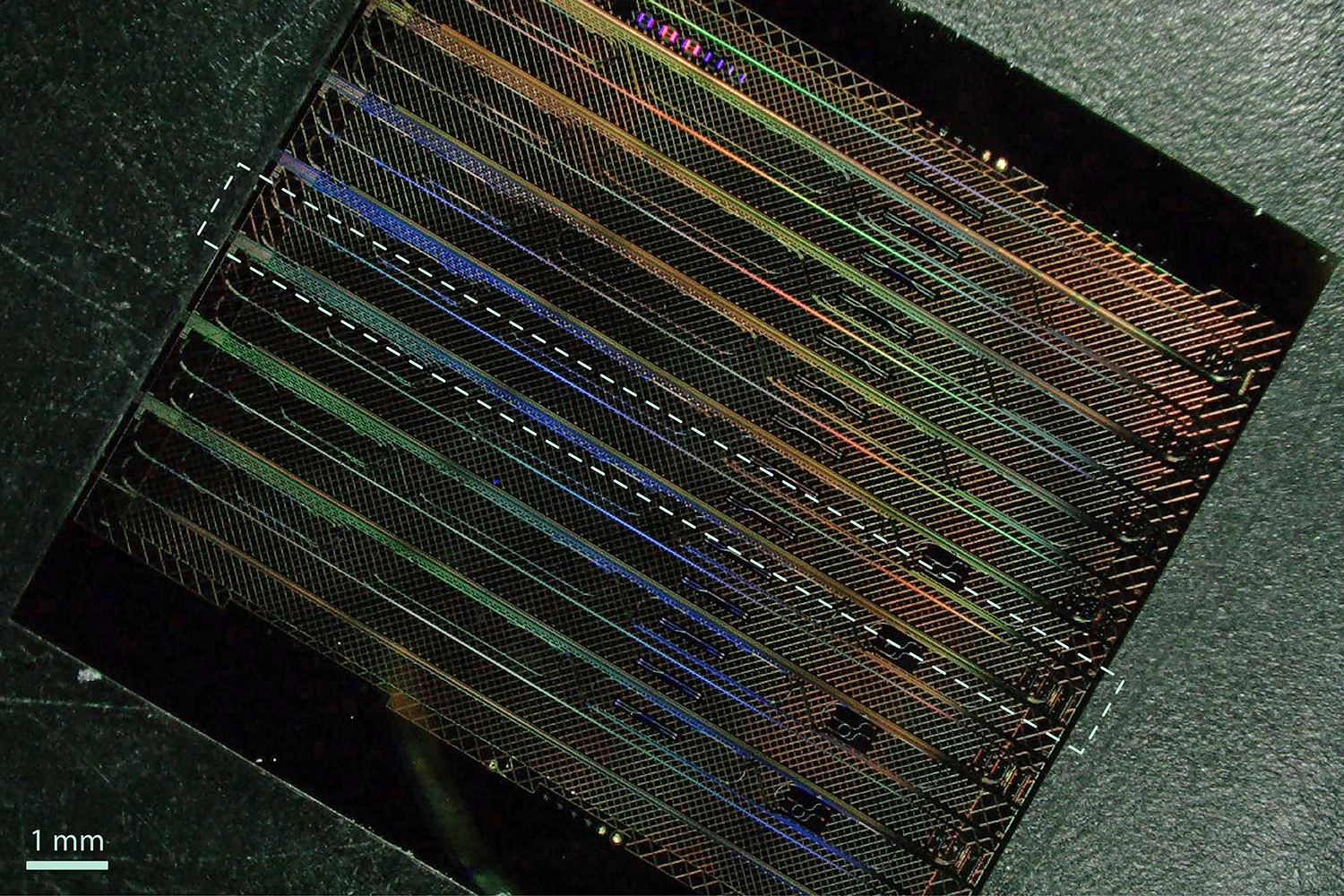
‘Ruler for light’ could enable detailed measurement in personal devices
Frequency combs have revolutionized precision measurement, but the bulky, power-hungry devices are limited to lab settings. A new efficient laser “microcomb” developed by Stanford researchers could bring that revolution to the handheld electronics realm. Read More
-
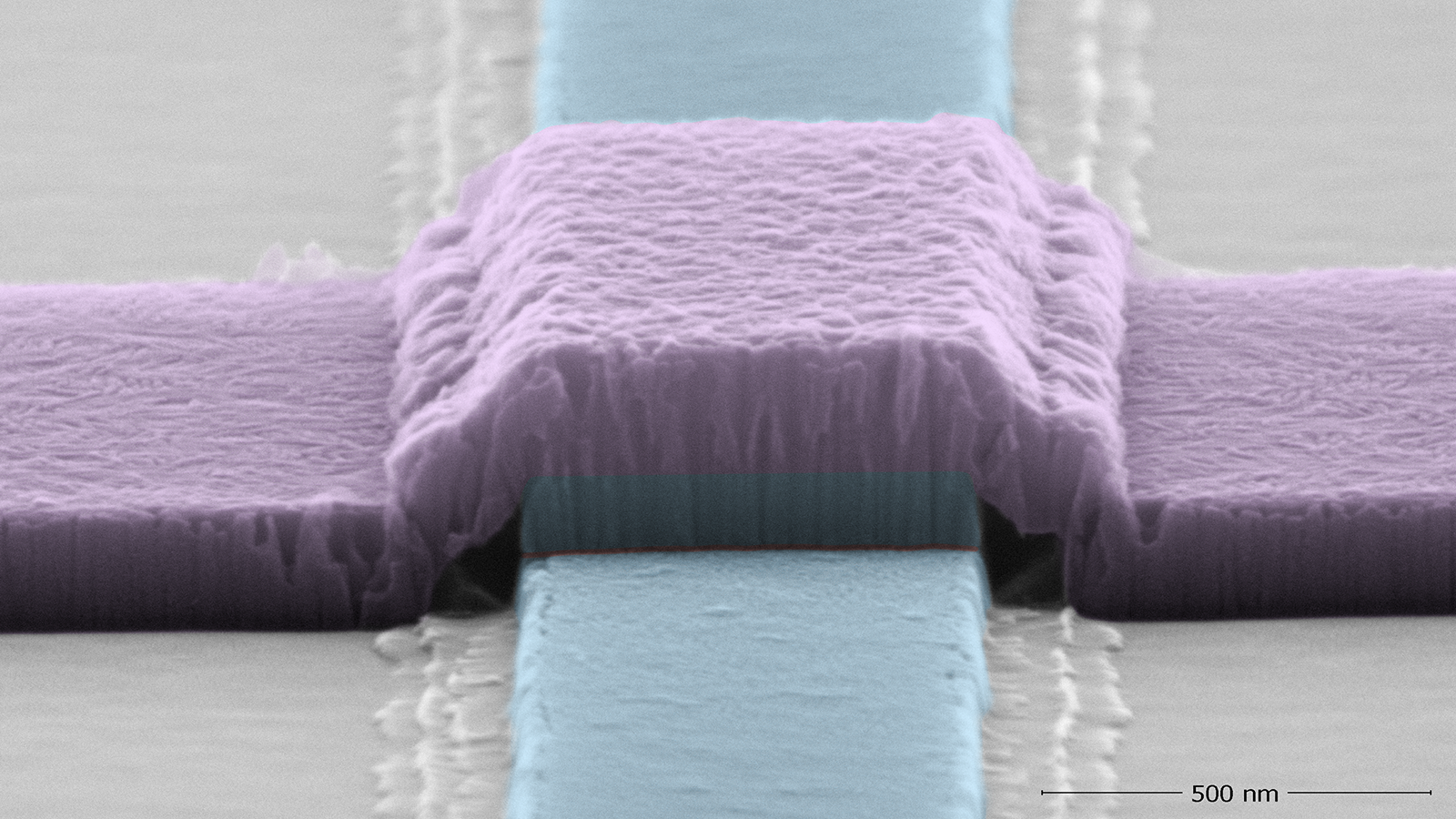
Resurrecting niobium for quantum science
For years, niobium was considered an underperformer when it came to superconducting qubits. Now scientists supported by Q-NEXT have found a way to engineer a high-performing niobium-based qubit and so take advantage of niobium’s superior qualities. Read More
-
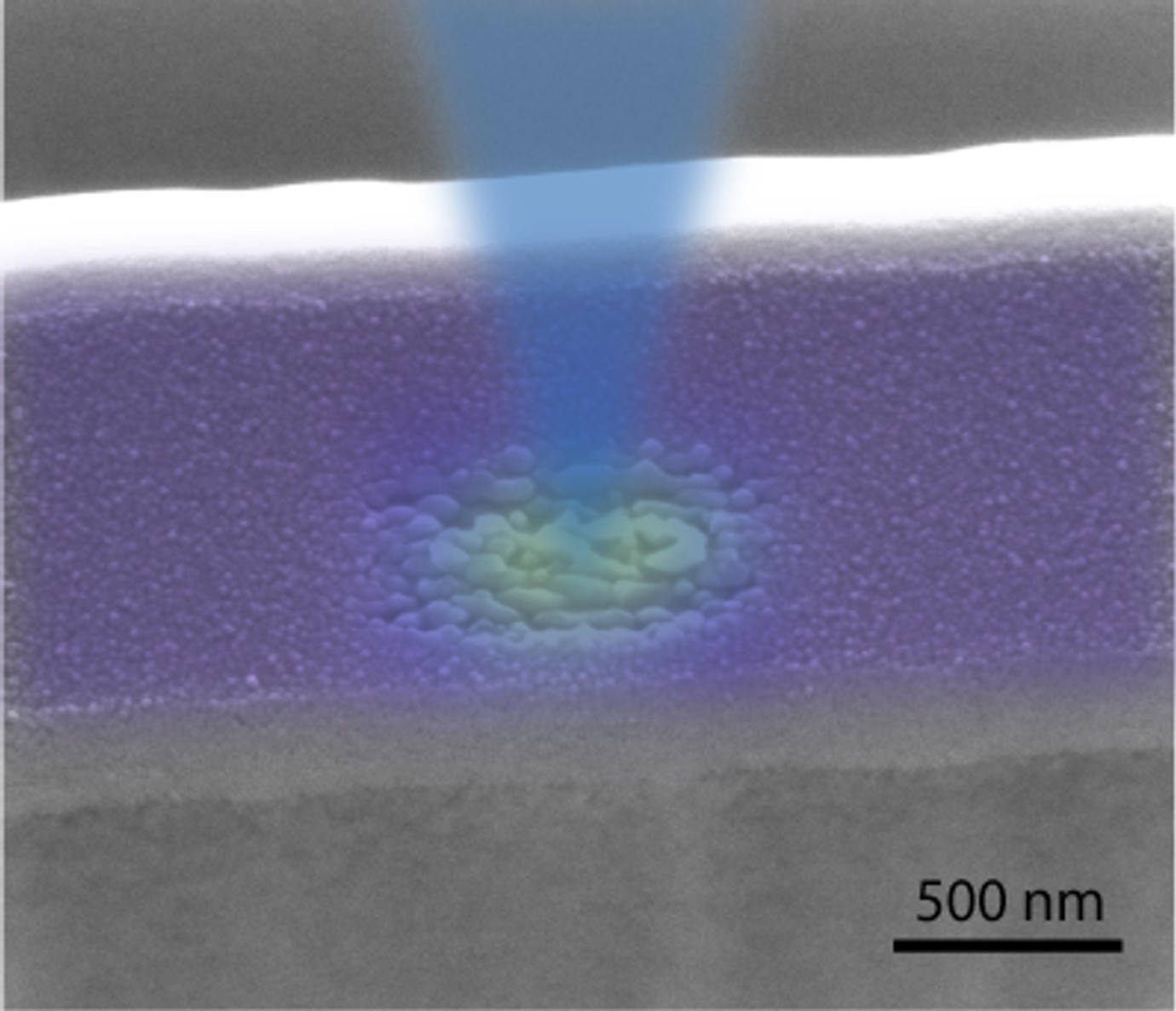
Researchers from startups, government labs and academia develop new techniques for making qubits out of erbium
Argonne project addresses quantum technology challenges and highlight sthe versatility of a rare-earth metal used in lasers and to color glass. Read More
-
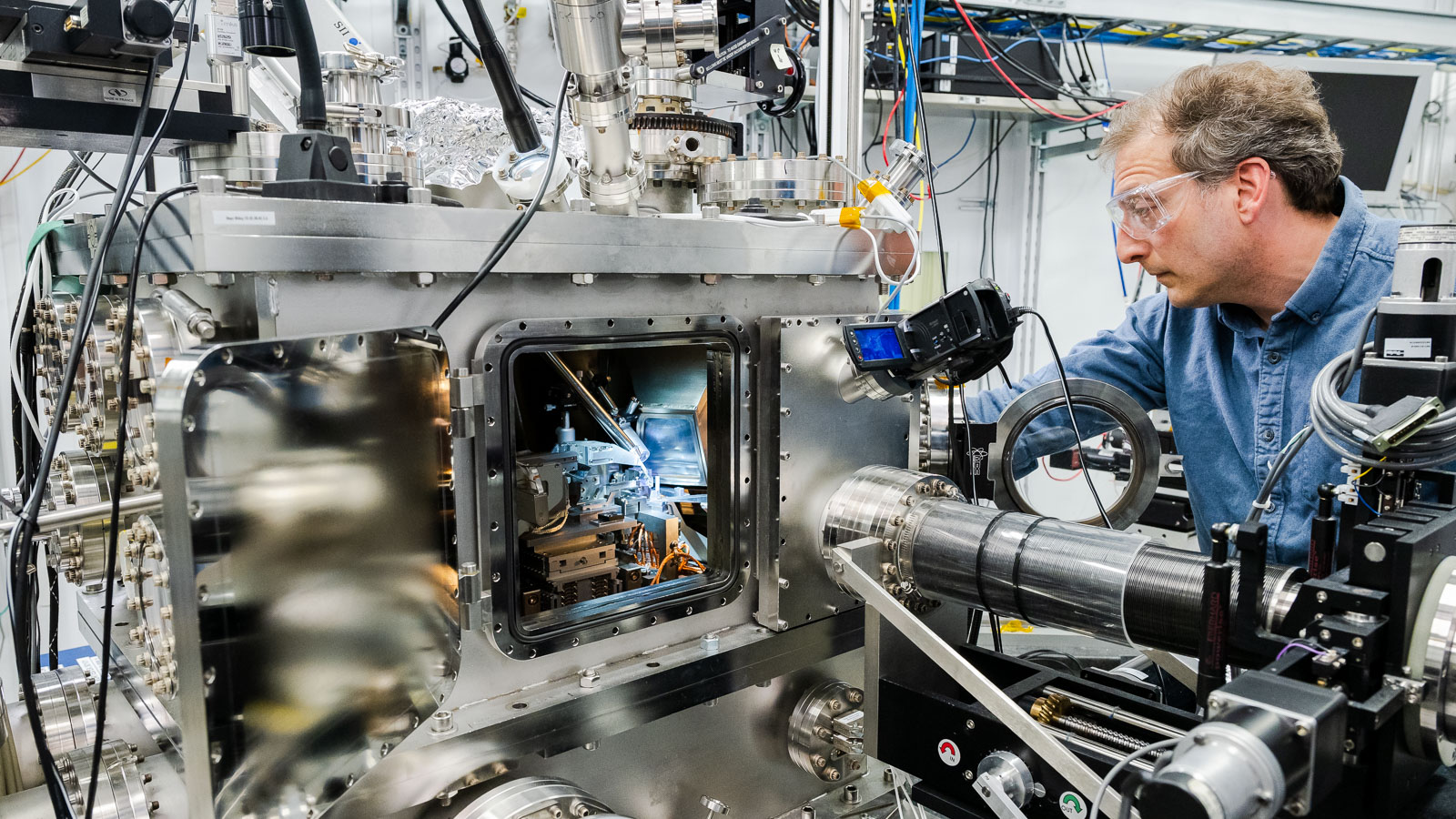
Argonne, Sandia scientists create qubits using precision tools of nanotechnology
Scientists leverage nanoscale-research facilities to conduct pioneering precision studies of qubits in silicon carbide, leading to a better understanding of quantum devices and higher performance. Read More
-
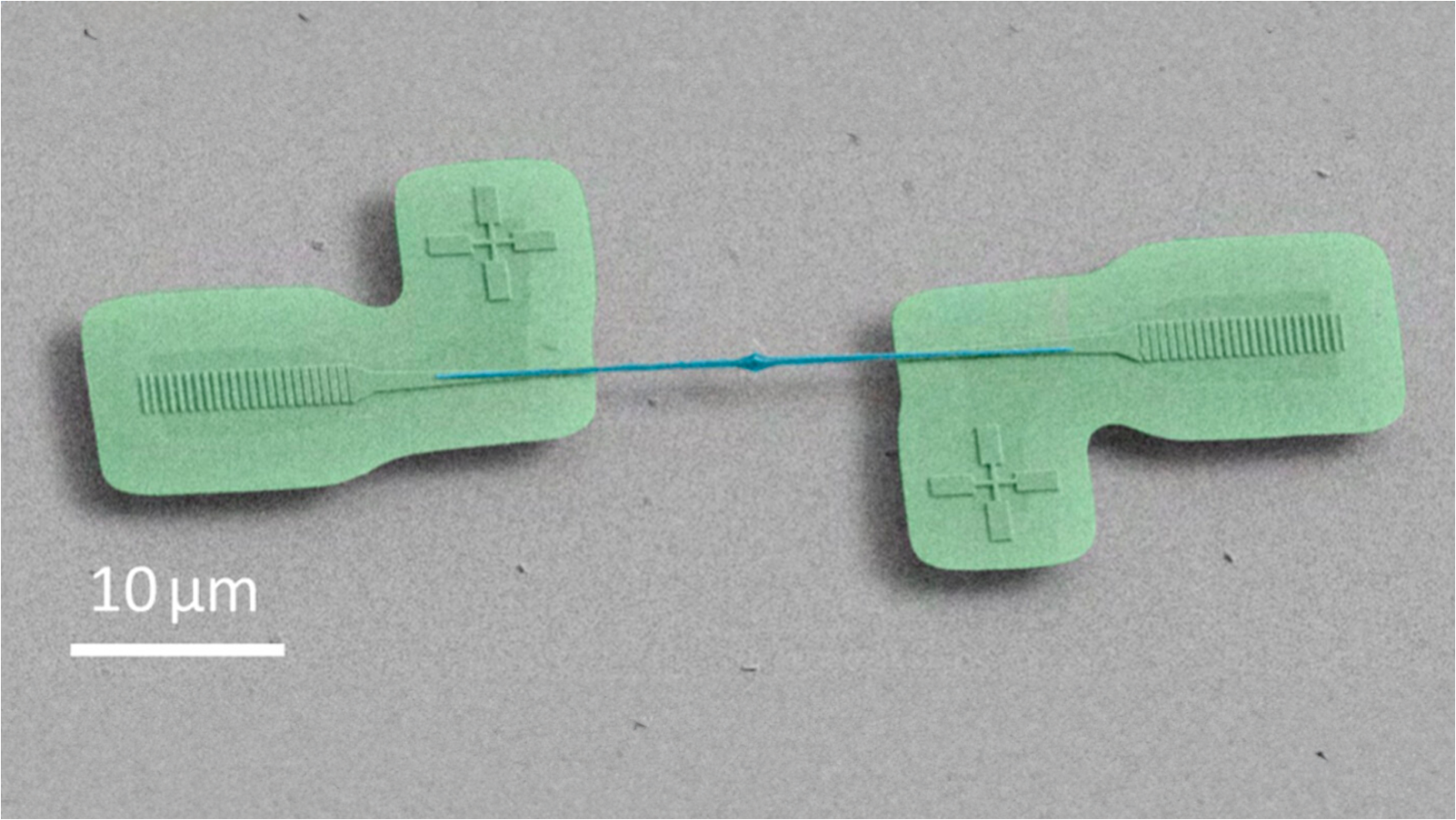
A promising pairing: Scientists demonstrate new combination of materials for quantum science
Diamond and lithium niobate are often touted as high-performance quantum materials. Now scientists have combined the two materials as a single quantum device. In a study reported in ACS Photonics, researchers sent light from the diamond to the lithium niobate and measured the fraction of light that successfully made it across. The result: An extraordinary 92% of the light made the jump from diamond to lithium niobate. Read More
-

Researchers invent new way to stretch diamond for better quantum bits
A team of researchers at the University of Chicago, Argonne National Laboratory and Cambridge University have announced a breakthrough in quantum network engineering: By “stretching” thin films of diamond, they created quantum bits that can operate with significantly reduced equipment and expense. The change also makes the bits easier to control. The researchers hope the findings, published Nov. 29 in Physical Review X, can make future quantum networks more feasible. Read More
-
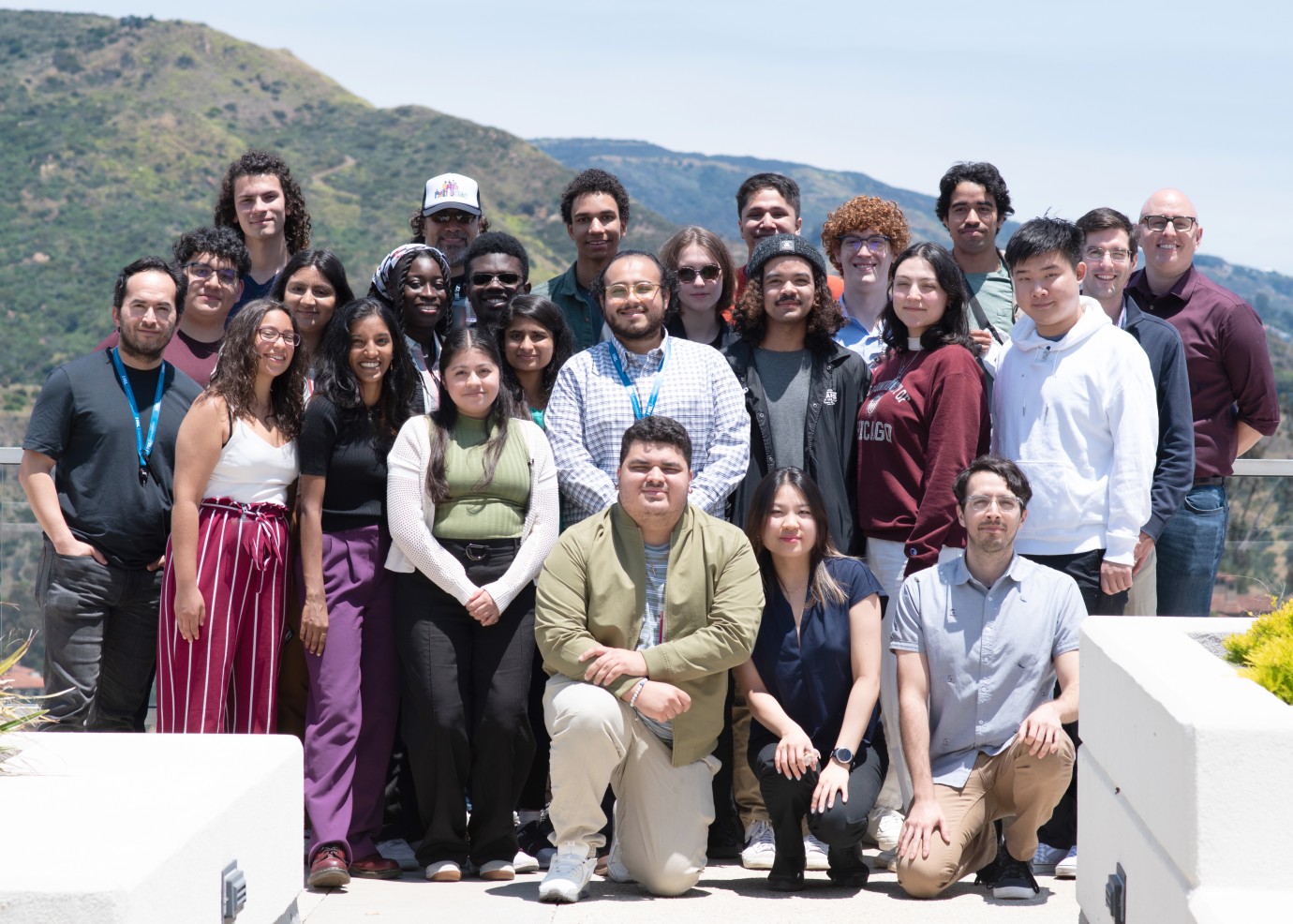
Q&A with the 2023 Open Quantum Initiative fellows
Eight Open Quantum Initiative undergraduate fellows recently completed quantum research experiences that contributed to Q-NEXT R&D. In this Q&A, they share what they did this summer. Read More
-
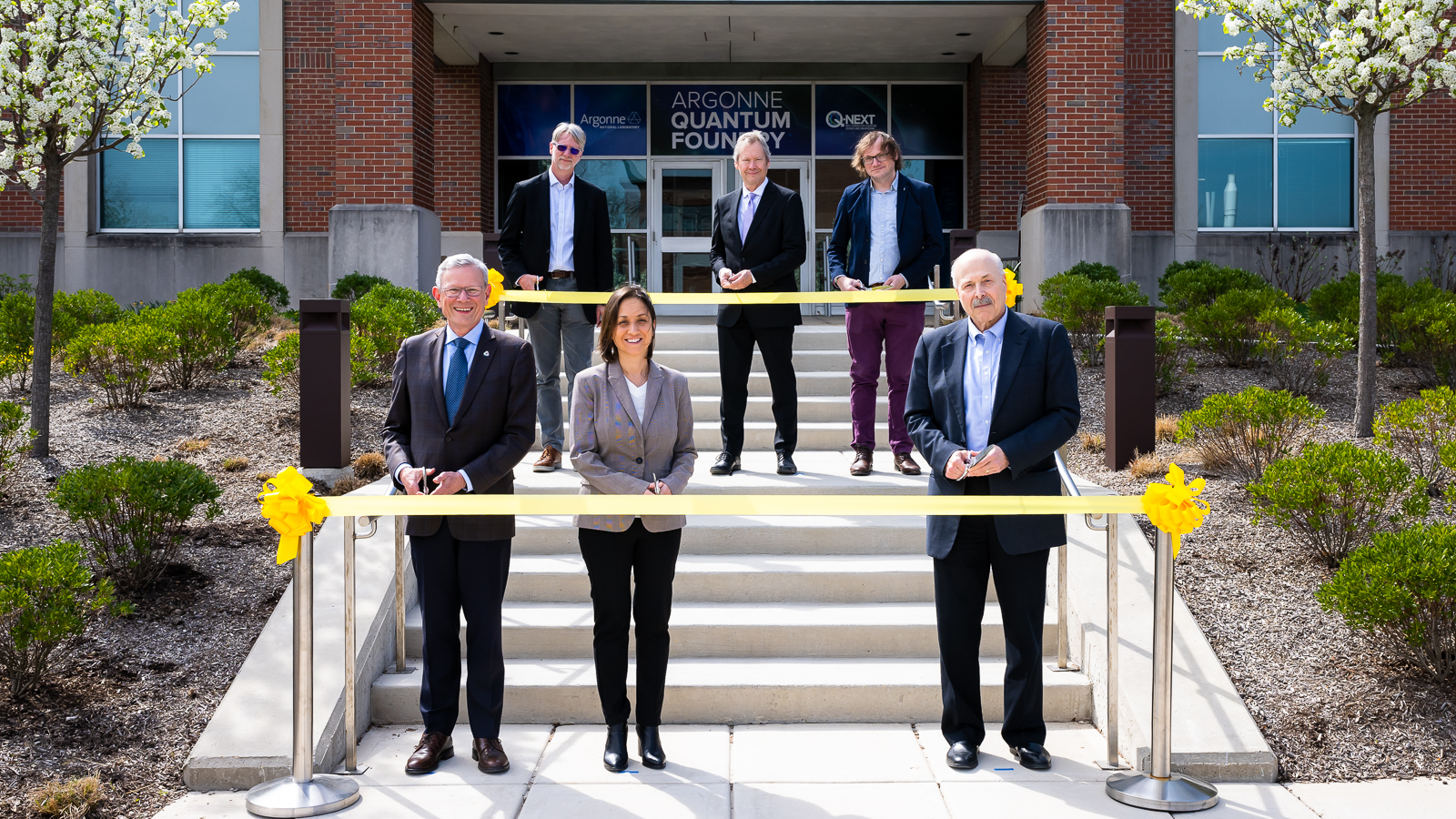
New foundry to accelerate quantum information research at Argonne National Laboratory
The Argonne Quantum Foundry is meeting a critical need for quantum science by providing a robust supply chain of materials for quantum devices and systems. Read More
-
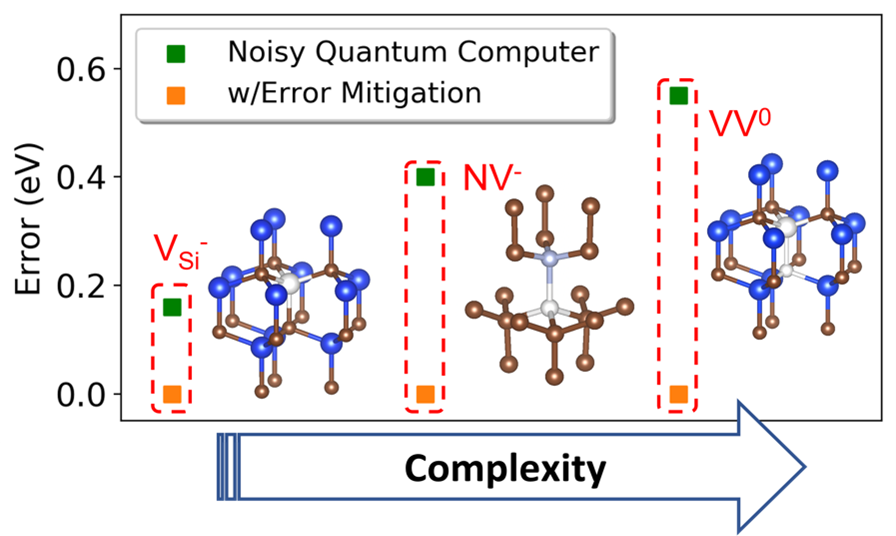
A new quantum approach to solve electronic structures of complex materials
From the University of Chicago: Researchers at the University of Chicago and Argonne National Laboratory have explored the possibility of solving the electronic structures of complex molecules using a quantum computer. The research, which uses a combination of new computational approaches, was published online in the Journal of Chemical Theory and Computation. Read More
In the News
See all In the News-
The best qubits for quantum computing might just be atoms
From Quanta: Mark Saffman of the University of Wisconsin–Madison and Infleqtion is featured in this comprehensive overview of neutral-atom qubit research. Read More
-
How quantum computing could help us understand the universe
From PBS NewsHour: David Awschalom appears in this piece on the next generation of computing, one that will be far more sophisticated and dependent on understanding the subatomic nature of the universe. Read More
-
PME-led research into protein-based qubits earns $2.75M Moore Foundation grant
Bolstered by a new $2.75 million grant from the Gordon & Betty Moore Foundation, a team led by University of Chicago's Peter Maurer will soon study qubits made from protein. Read More
-
Infleqtion unveils 5-year quantum computing roadmap, advancing plans to commercialize quantum at scale
From Quantum Insider: Infleqtion shares a broad business update, including the first look at its new 5-year quantum computing roadmap. The roadmap's centerpiece is Sqorpius, the next phase of Infleqtion’s quantum computing program. Read More
-
Bringing quantum entanglement to the people
From the National Science Foundation: NSF’S Quantum Leap Challenge Institute Hybrid Quantum Architectures and Networks at the University of Illinois Urbana-Champaign, a Q-NEXT partner, has created a working demonstration that brings entanglement between photons to a public setting for the first time. Read More
